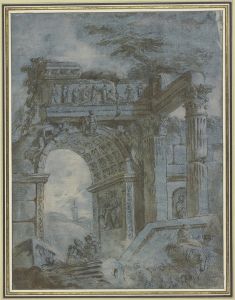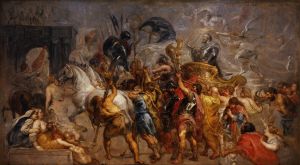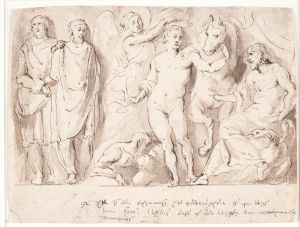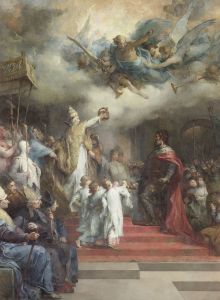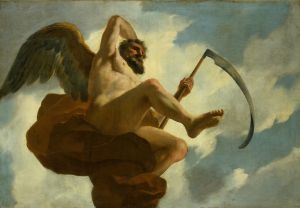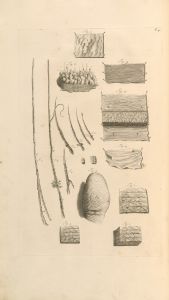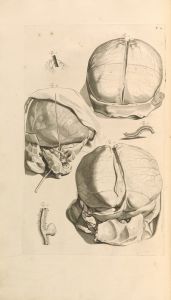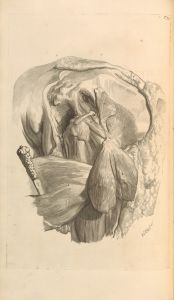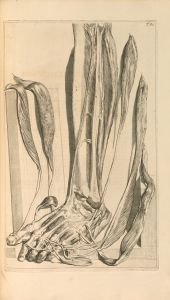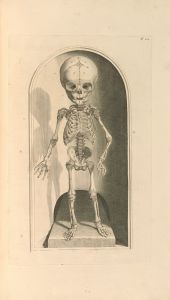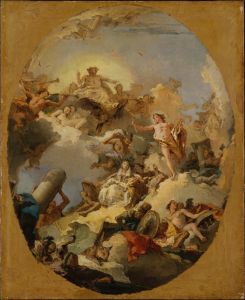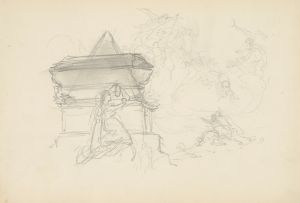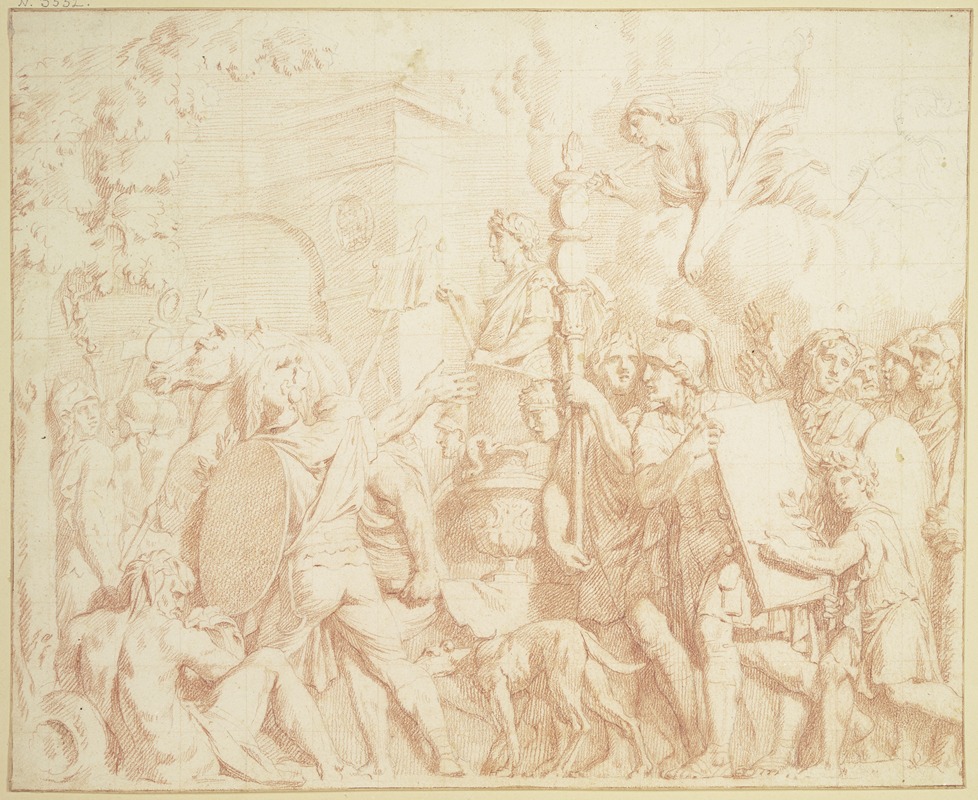
Ein Imperator zieht triumphierend in Rom ein
A hand-painted replica of Gerard de Lairesse’s masterpiece Ein Imperator zieht triumphierend in Rom ein, meticulously crafted by professional artists to capture the true essence of the original. Each piece is created with museum-quality canvas and rare mineral pigments, carefully painted by experienced artists with delicate brushstrokes and rich, layered colors to perfectly recreate the texture of the original artwork. Unlike machine-printed reproductions, this hand-painted version brings the painting to life, infused with the artist’s emotions and skill in every stroke. Whether for personal collection or home decoration, it instantly elevates the artistic atmosphere of any space.
Gerard de Lairesse's painting Ein Imperator zieht triumphierend in Rom ein (translated as An Emperor Triumphant Entering Rome) is a work attributed to the Dutch Golden Age artist Gerard de Lairesse (1641–1711). De Lairesse was known for his classical and allegorical style, heavily influenced by the Baroque and French Classicism. His works often depicted historical, mythological, or allegorical themes, reflecting his deep interest in classical antiquity and Renaissance ideals.
This particular painting portrays a triumphant Roman emperor entering the city of Rome, a common theme in European art that celebrated the grandeur and authority of ancient Rome. The scene likely includes a procession with soldiers, banners, and possibly allegorical figures symbolizing victory, power, or divine favor. Such imagery was popular in the 17th century, as it resonated with the intellectual and artistic fascination with antiquity during this period.
De Lairesse's style is characterized by its meticulous attention to detail, balanced composition, and use of light and shadow to create depth and drama. His works often sought to convey moral or philosophical messages, aligning with the ideals of the Dutch Golden Age and the broader European Baroque movement. While specific details about this painting's creation, commission, or current location are not readily available, it is consistent with de Lairesse's oeuvre, which often featured grand historical and allegorical subjects.
De Lairesse's career was marked by his transition from a painter to a theorist after he lost his eyesight later in life. His writings, such as The Great Book of Painting (Het Groot Schilderboek), had a significant influence on art theory in the Netherlands and beyond. His emphasis on classical ideals and structured composition is evident in his paintings, including Ein Imperator zieht triumphierend in Rom ein.
Further details about this specific painting, including its provenance, dimensions, and current location, are not widely documented. As such, information about its historical context or reception remains limited.





